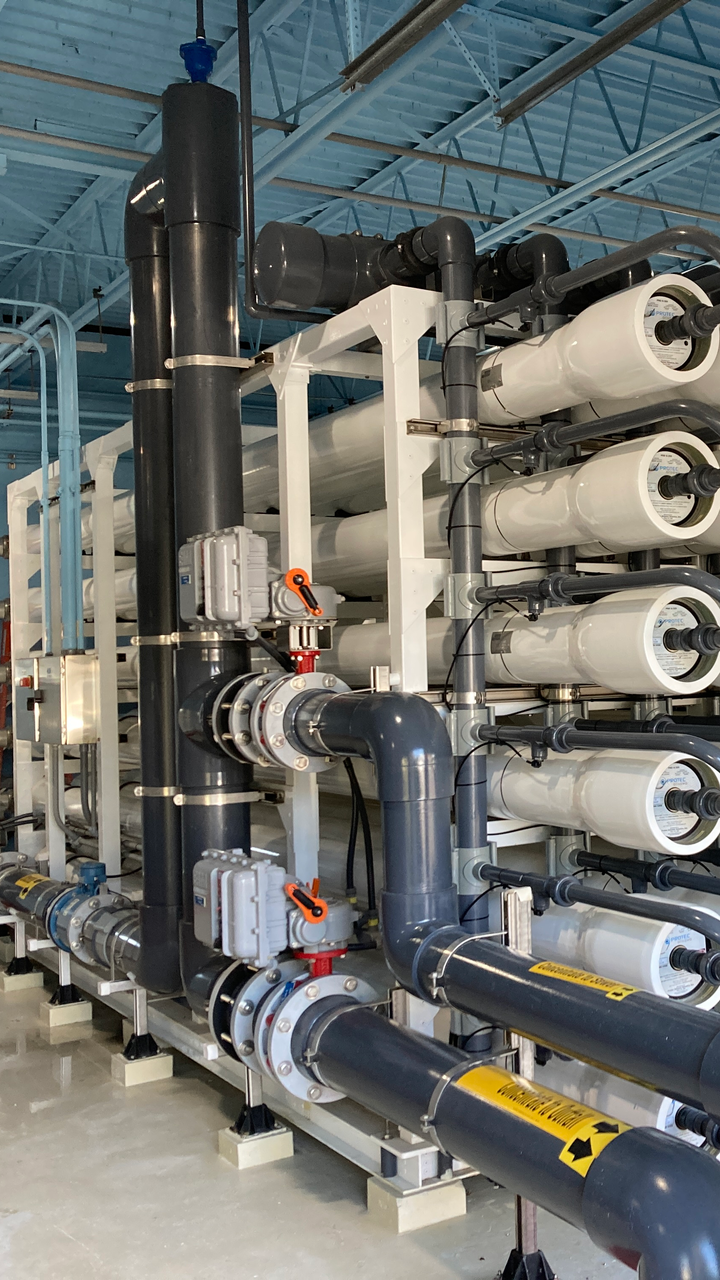San Antonio Undertakes a Desalination Program to Make Use of Available Brackish Supplies

- Project Name
- Brackish Groundwater Desalination Program
- Location
- San Antonio, Texas
- Client
- Client San Antonio Water System
San Antonio, home of “the Alamo” and the famous downtown River Walk, also has visions of operating the largest inland brackish groundwater desalination plant in the United States. San Antonio sits near the Wilcox Aquifer, which has an abundant supply of brackish water. Brackish water has more salinity than fresh water, but not as much as seawater – yet it still needs to be desalinated for public use. The San Antonio Water System (SAWS) project was initiated to develop such a program to supplement and diversify the city’s water resources portfolio. This helps ensure future water supplies in a region that in the past has struggled with drought.
Black & Veatch was retained by SAWS as the program manager. The company’s role included pre-design, design, construction and commissioning. The engineering services covered the reverse osmosis treatment facilities, groundwater wells, raw water conveyance systems, finished water conveyance, concentrate conveyance and concentrate injection wells.
Innovative Design
The first phase of the Brackish Groundwater Desalination program consists of 12 production wells, drilled to a depth of 1,200 to 1,800 feet, providing raw water to the reverse osmosis facility. Treatment at the facility results into two streams – a finished water stream and a concentrate stream. The finished water is sent to customers in the San Antonio area for consumption. The concentrate stream is injected back into a highly brackish zone of the Edwards Aquifer at depth in excess of 4,200 feet for the brine disposal. Two injection wells were constructed for this purpose.
Phase 1 of the program is designed to deliver up to 12 million gallons/daily of finished water, while future phases have been planned to expand to 30 MGD.
The reverse osmosis treatment facility incorporates many innovative concepts in its design, too, including:
A visitors center that provides for a public education component;
A tour-friendly design that allows the public to enter and tour the facility without disturbing operations;
High-end audio visual technology to conduct training/education;
Use of energy recovery devices that transfer hydraulic energy from the concentrate stream to the feed stream; and
A reverse osmosis testing unit to demonstrate the performance of specific types of membranes and to conduct optimization studies.
The SAWS project is designed to supplement the city’s water needs for the next 50 years while reducing dependence on the Edwards Aquifer. By using previously untapped brackish water supplies, the program helps ensure this goal.
Contact Us
Looking for a partner in innovation?
Let's Talk
